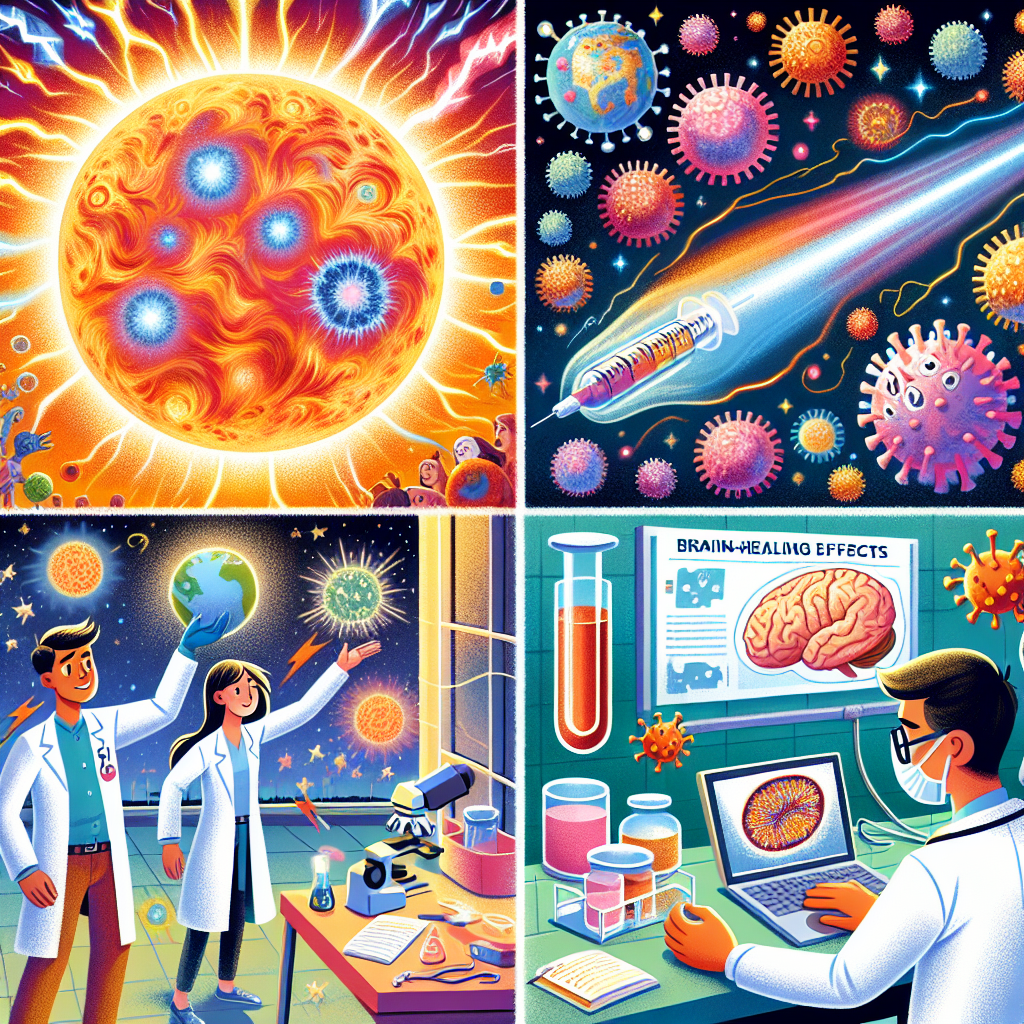15th October 2025
This week brings significant developments across science, health, and space that are capturing attention worldwide.
A spectacular astronomical event is headed our way as multiple coronal mass ejections approach Earth. These solar phenomena, consisting of solar wind and magnetic fields, are expected to create an enhanced display of the northern lights. While auroras typically grace high-latitude regions, this event could expand their visibility to broader areas. Scientists are particularly excited about this opportunity to study the effects of solar storms on our planet.
In public health news, a concerning measles outbreak has resulted in hundreds of student absences from schools. The highly contagious virus spreads quickly among those who haven't received vaccinations, prompting school officials to implement preventive measures. Health authorities continue to emphasize vaccination as the primary defense against such outbreaks.
A breakthrough in medical research offers new hope for neurological conditions. Scientists have developed an enhanced form of vitamin K by combining it with retinoic acid, creating compounds that boost brain cell growth. This modified version shows improved ability to cross the blood-brain barrier and maintain stability within the body, potentially opening new treatment avenues for conditions like Alzheimer's disease.
In other scientific discoveries, geologists have uncovered the first evidence of "proto Earth" through tiny zircon crystals found in Australia. Dating back 4.5 billion years, these crystals provide valuable insights into our planet's earliest formation and evolution.
Research into human physiology continues as scientists study the body's response to extreme temperatures. By examining physiological reactions to severe cold and monitoring carbon dioxide exhalation rates, researchers are working to understand human resilience in increasingly volatile climate conditions.
In astronomical news, a virtual telescope larger than Earth has revealed remarkable observations of the OJ 287 galaxy. The discovery shows two massive black holes in a gravitational dance, surrounded by an energetic plasma jet, providing new insights into galactic evolution.
These developments across multiple scientific fields demonstrate the ongoing progress in our understanding of both our planet and the universe beyond, while also advancing potential solutions for human health challenges.
This article is based on today's episode of KidsNewsFlash, a daily news podcast for kids and families. Listen on Apple Podcasts, Spotify, or wherever you get your podcasts!

